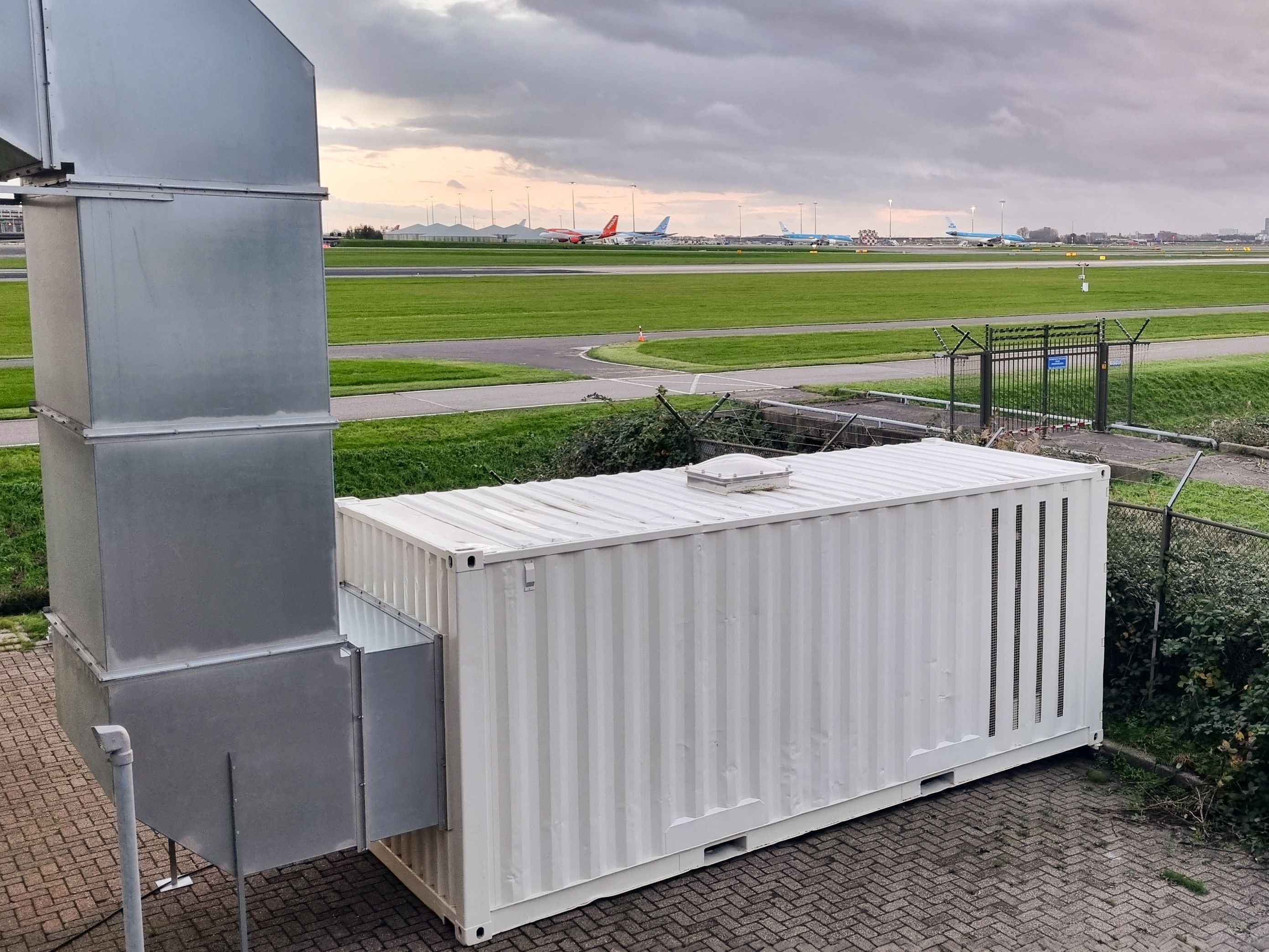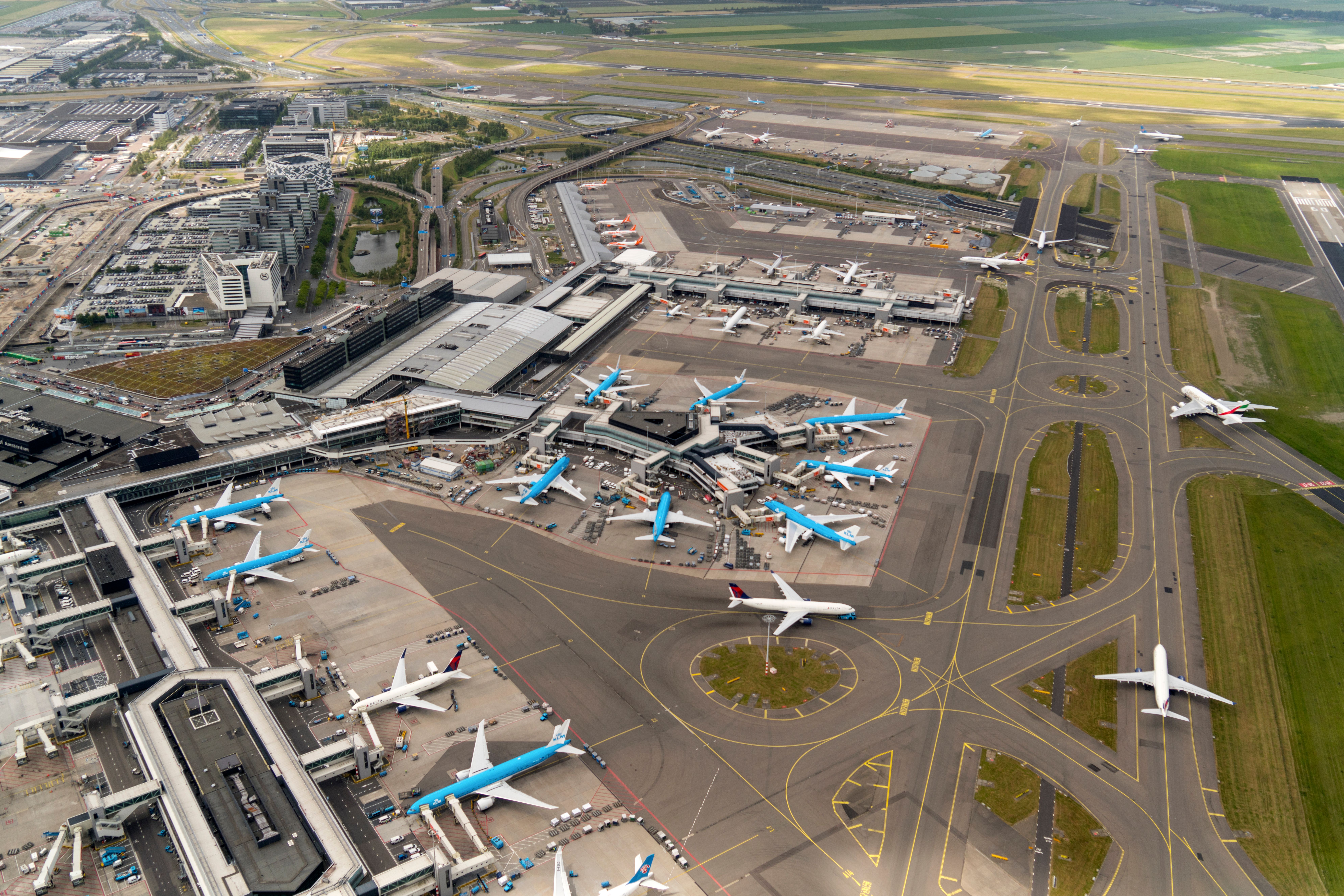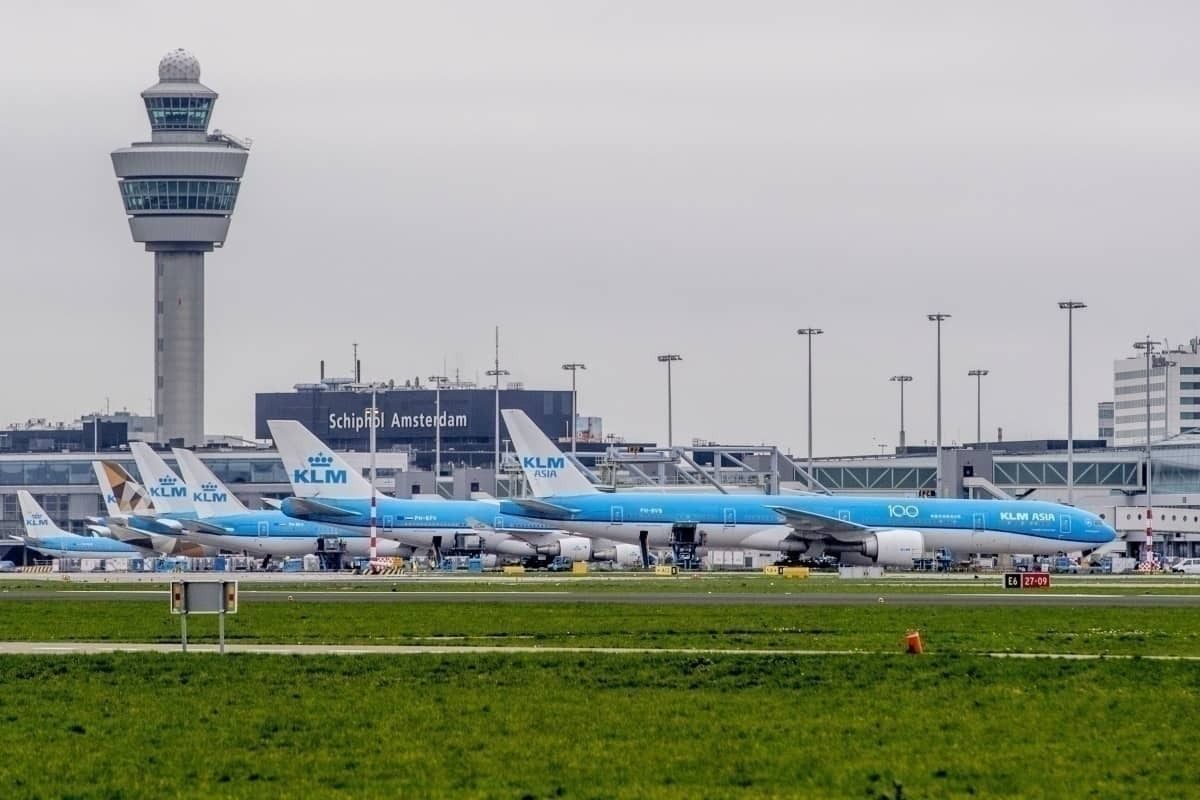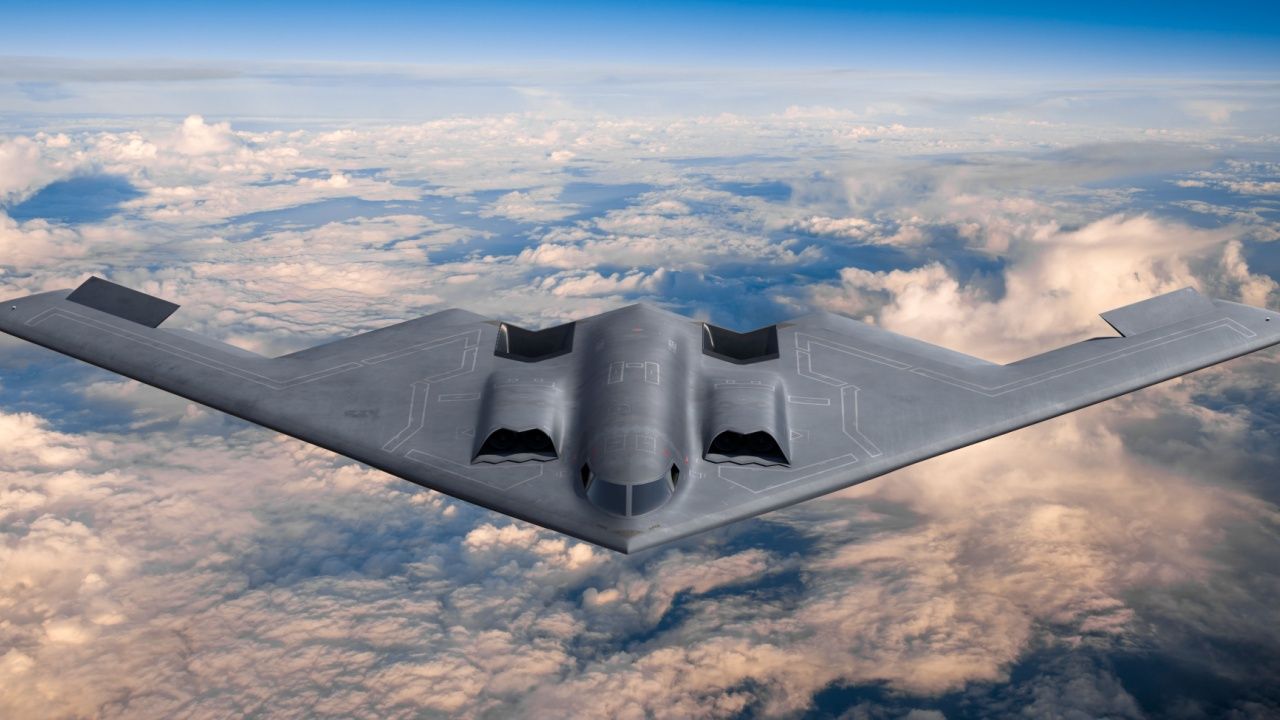Summary
- Amsterdam Airport Schiphol is one of the busiest airports in Europe, but it has made significant efforts to reduce pollution and improve sustainability.
- Schiphol has achieved Level 4+ accreditation under the ACI Airport Carbon Accreditation program, making it one of only 50 airports worldwide to reach this level.
- The airport has been conducting trials and experiments, such as using water mist to battle particles and testing innovative air filtering technology, to reduce emissions and improve air quality.
Trials on sustainability efforts work in favor of Amsterdam Airport Schiphol. The airport has been working on a series of pilots to reduce pollution on the apron and inside the airport terminal.
Schiphol is the Eurocontrol named second-busiest airport in Europe in 2022 by the number of aircraft movements, averaging 1,267 for both departures and arrivals per day. Last year, only Istanbul International Airport exceeded these figures. In September, it was the third busiest, according to Simple Flying research, just behind London and Istanbul.
Despite being one of the busiest hubs in Europe, Schiphol has taken many environmental initiatives. It holds Level 4+ accreditation under the ACI Airport Carbon Accreditation program, the highest level attainable. According to ACI, just 50 airports worldwide have achieved this level.
Battling the particles with water mist
In 2019, Schiphol launched an Ultrafine Particles Action Plan, aiming to reduce emissions in the airport’s territory and surroundings. One of the activities that could help Schiphol clean the air considers research on fine particles from airplane exhaust. A research lab was installed on the Pier D apron this summer. Ten sensors collect information on the pollutants near the gates to support further research and development on ultrafine particles.
From March 2022, the airport has been testing mist to battle the particles. By dissolving pollutants with water, Schiphol achieved mist droplets that were heavier than the air. The pollutants then drop to the ground, meaning they can no longer be dispersed and inhaled.
The next step was to remove the particles that spread through the ventilation system and open windows into the airport terminal. Having teamed up with Van Wees Innovations, Schiphol experimented with an innovative technology for air filtering.
Similar to the mist installation, the new filtering system created an airflow that caused ultrafine particles to clump together and become easier to detain.
Photo: Schiphol Airport
The device was tested both near the fire station adjacent to the runway and indoors. It showed a reduction of pollutants by approximately 75%. Nevertheless, Schiphol emphasized that the technology behind the installment was “still in its infancy, with no proven track record in aviation.” Tests will continue as the airport has planned to conduct similar pilots in the buildings standing next to the take-off and landing areas.
Impactful molecules: the emissions context
For airports, aircraft CO2 emissions are considered Scope 3 emissions, which do not fall under the reporting obligations of the European Emissions Trading System (EU ETS). Still, Scope 3 emissions form the majority of the carbon footprint at airports. Ground handling and service vehicles with diesel and gasoline engines also fall under that category.
CO2 is not the only greenhouse gas emitted. According to EASA, approximately two-thirds of the aviation climate impact comes from non-CO2 emissions. Nitrogen dioxide (NO2), O3, and fine particulate matter emitted during the landing and takeoff cycle are proven to be a health hazard for airport workers and residents of the adjacent areas.
Photo: Aerovista Luchtfotografie I Shutterstock
The reduction of emissions on the apron during pushback, taxi, takeoff, and landing is an effort that interests many leaders in the aviation industry. The aim is to restrain the use of the APU (auxiliary power unit), the emissions-producer when the plane is moving on the ground. For this, aircraft manufacturers aim to introduce the use of hydrogen-powered APUs and electrical autonomous taxiing.
More than a sustainability mission
At Schiphol, one of the measures to reduce emissions on the ground was to introduce push-pull instead of pushback. With the system, the pilots can start the engines further away from the gate and do not need to use thrust to turn. The research lab installed next to gates D23 and D44 has been studying the impact of this change since this summer.
A day after Schiphol announced the test of the innovative technology, the Dutch government officially suspended the Experimental Ruling, which was planning to cut the number of flights by 450,000 next year. The reduction of nearly 50,000 flights could have helped Schiphol in its sustainability efforts, especially during times of expansion and construction of Pier A that started in pre-pandemic 2019.
Air filtering experiments could be a tiny step towards reducing the environmental impact of airport operations. But now that Schiphol has to find other ways to comply with governmental restrictions and reduce pollution and noise, pilots like these have become well-timed.
Sources: Eurocontrol, ACI, European Commission, EASA





